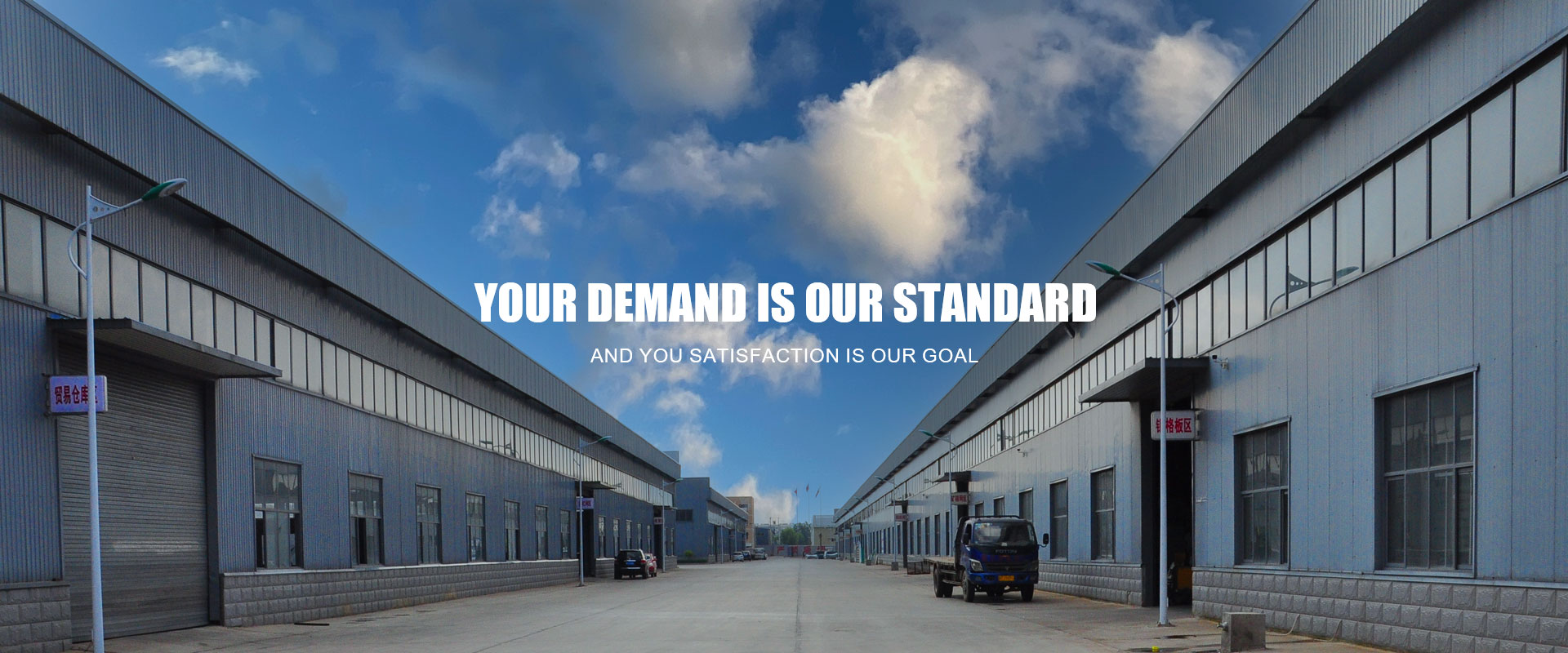Perforated Aluminum Screens A Versatile Solution for Modern Design and Functionality
In recent years, the use of materials that combine aesthetics with functionality has become increasingly important in architecture and design. One such material that has gained significant popularity is perforated aluminum screens. These versatile components serve a variety of purposes, from enhancing visual appeal to offering practical solutions in both residential and commercial settings.
Perforated aluminum screens are panels that feature a series of holes or openings created through a manufacturing process that ensures precision and durability. The perforations can vary in size, shape, and pattern, allowing designers to create unique designs that complement the specific aesthetic of a building or space. Whether used as a facade element, a divider, or even as part of a decorative feature, these screens provide a modern and sophisticated look.
One of the primary benefits of perforated aluminum screens is their ability to regulate light and airflow. The strategic placement of perforations allows for the controlled passage of light, enabling architects to design spaces that are bright yet shielded from direct sunlight. This feature not only enhances the ambiance but also contributes to energy efficiency by reducing the need for artificial lighting during the day. Additionally, the screens promote ventilation, making indoor environments more comfortable while minimizing reliance on air conditioning systems.
perforated aluminum screen

In terms of environmental sustainability, perforated aluminum screens are an attractive choice. Aluminum is highly recyclable, and the production process can be optimized to minimize waste and energy consumption. By incorporating these screens into building designs, architects and builders can contribute to green building practices. Moreover, the lightweight nature of aluminum makes it easier to transport and install, further reducing the carbon footprint associated with construction projects.
The applications for perforated aluminum screens are diverse. In the realm of architecture, they can be used in various settings such as commercial buildings, offices, residential complexes, and public spaces. They serve functional roles, such as providing shade on facades and acting as privacy screens, while also enhancing the visual interest of a structure. Beyond architecture, these screens have found their way into interior design, where they can be used as decorative partitions, ceiling elements, or even as innovative wall art.
Maintenance of perforated aluminum screens is relatively straightforward. The natural resistance of aluminum to corrosion and tarnishing means that these screens can withstand exposure to the elements without significant deterioration. Regular cleaning with mild detergent and water is usually sufficient to maintain their appearance, making them a practical choice for both designers and building owners.
In conclusion, perforated aluminum screens represent a harmonious blend of design, functionality, and sustainability. Their ability to control light and airflow, along with their versatile applications, makes them an ideal choice for modern architecture and interior design. As the demand for innovative and eco-friendly materials continues to grow, perforated aluminum screens are poised to play a crucial role in shaping the future of built environments.
-
Why Galvanized Trench Cover Steel Grating Resists Corrosion
NewsJul.10,2025
-
The Versatility and Strength of Stainless Expanded Metal Mesh
NewsJul.10,2025
-
Load Calculations in Steel Grating Platforms
NewsJul.10,2025
-
Keeping Pets and Kids Safe with Chicken Wire Deck Railing
NewsJul.10,2025
-
Hole Diameter and Pitch for Round Perforated Metal Sheets
NewsJul.10,2025
-
Aluminium Diamond Mesh in Modern Architecture
NewsJul.10,2025
Subscribe now!
Stay up to date with the latest on Fry Steeland industry news.

